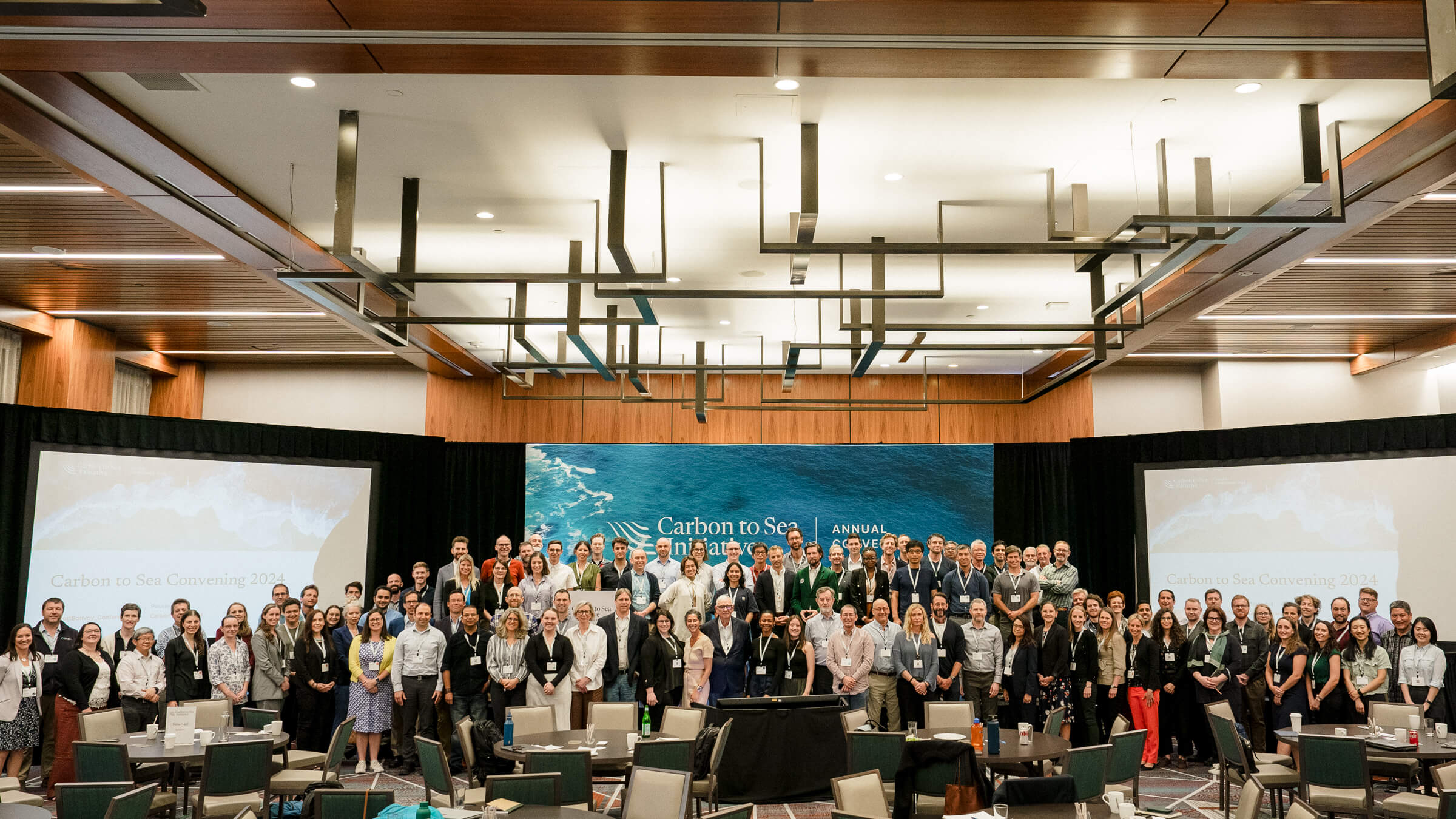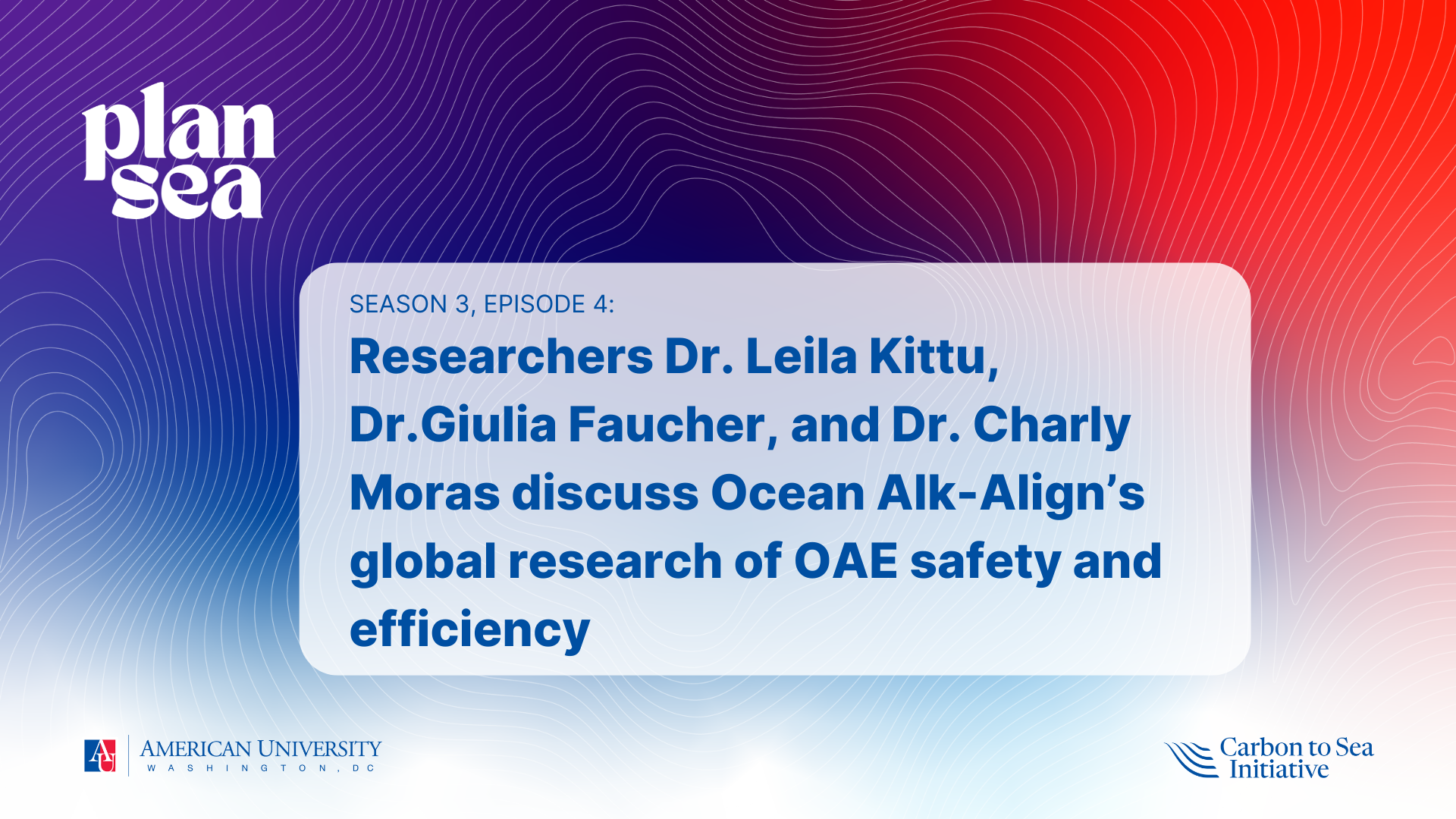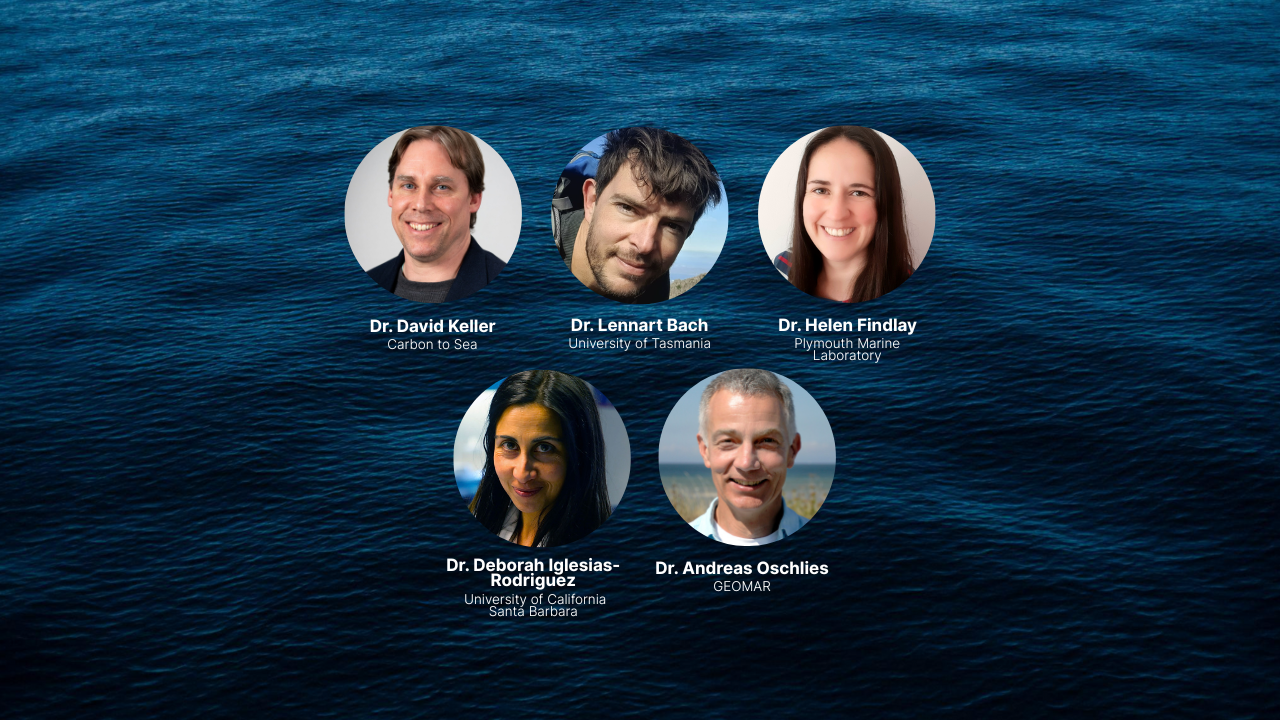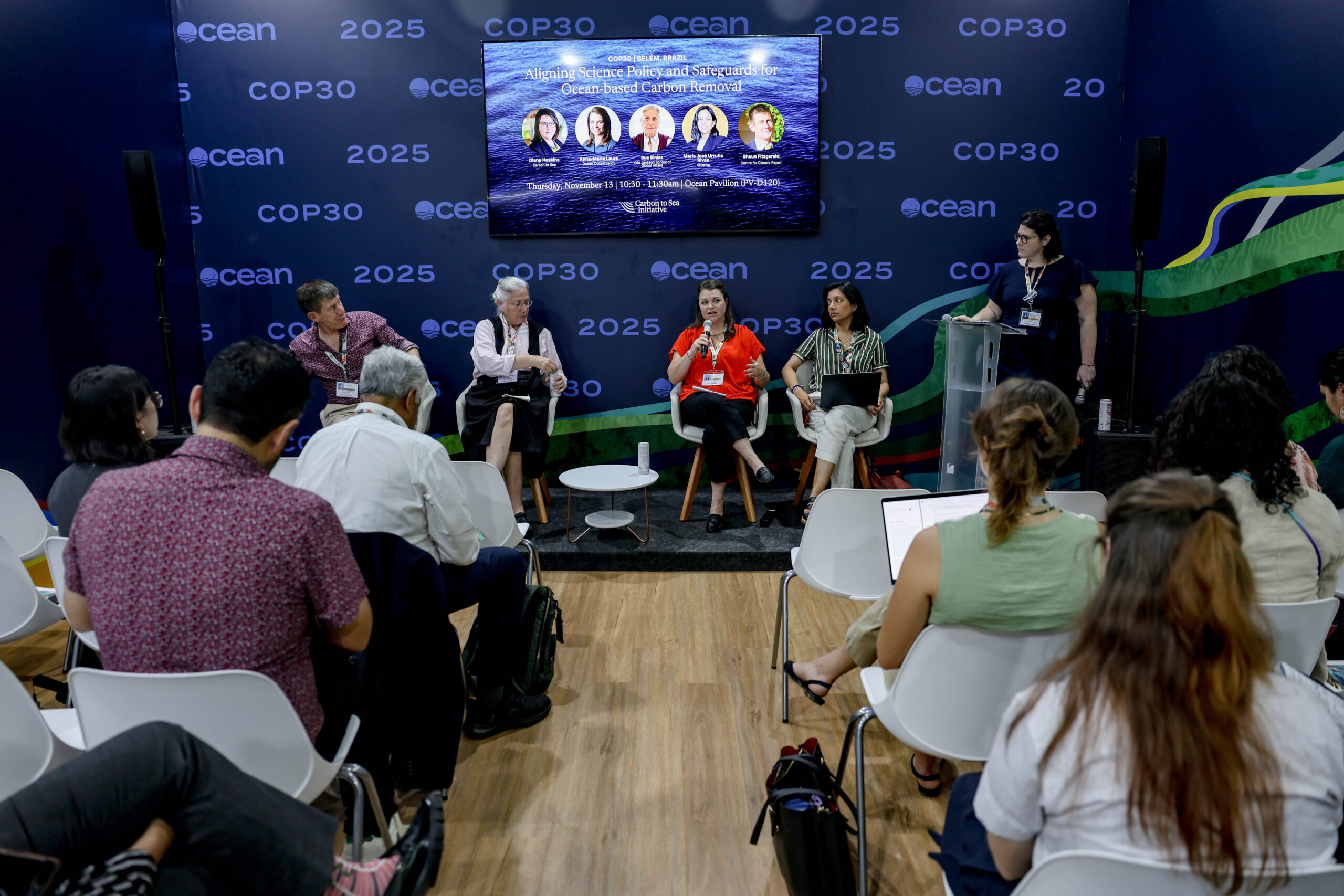This week, the Carbon to Sea Initiative held our second annual convening, bringing together the growing OAE community to discuss the state of our emerging field, discuss ongoing challenges, and develop opportunities for collaboration.
We were excited to engage with more than 150 important contributors to the field — including scientists who are doing cutting edge research, entrepreneurs who are building innovative companies, government leaders who are providing historic new funding alongside guidance and regulation, and a range of other partners from civil society who are working on policy, community engagement, and other key parts of building a responsible field.
Over two days, we delved into a wide range of topics, including nitty gritty scientific projects that are helping close knowledge gaps and build foundational scientific understanding, prototype development for researching OAE in the real world, the government’s role in helping advance ocean-climate solutions, and more. You can look at the full agenda here.
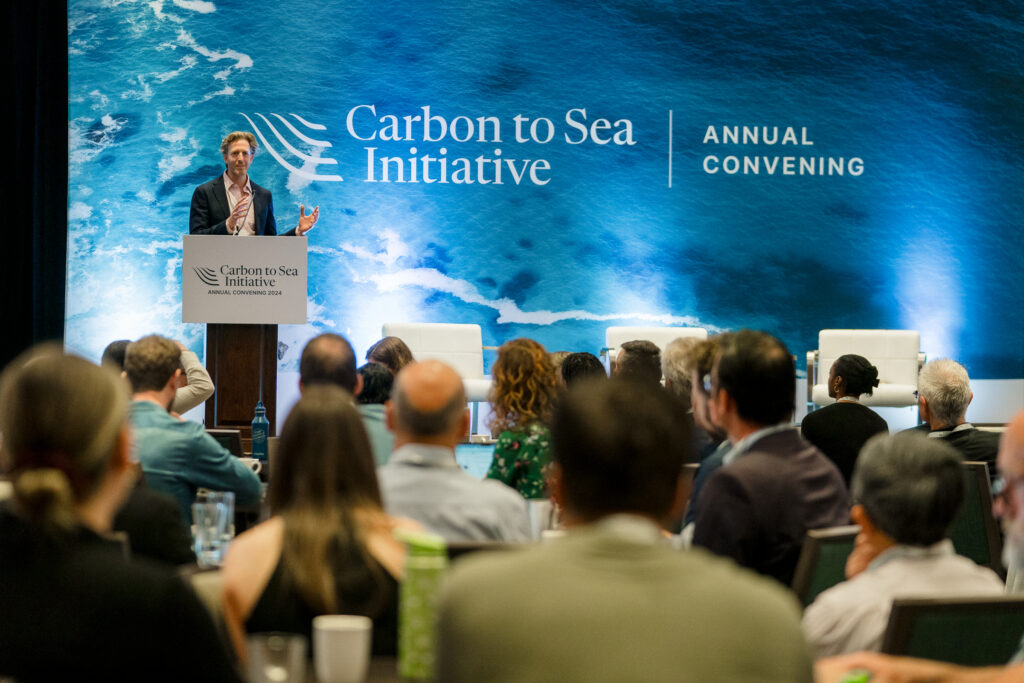
Our Executive Director, Dr. Antonius Gagern, opened the convening by reminding us of the scale of the challenge ahead and the rapid progress we’ve made so far. He pointed out that first and foremost, we need aggressive emissions reductions if we’re going to address climate change. But all of the climate math tells us we need a safe, measurable, effective, and cost-effective portfolio of carbon dioxide removal approaches.
Last year, less than two million tons of permanent CO2 removal credits were delivered to the marketplace, and we have to get to about 10 billion tons per year. That is a massive scaling challenge, especially when you consider this fact: 1 million seconds add up to 11 days. But 1 billion seconds add up to 33 years.
Achieving that scale will be a challenge — but some of the brightest people in the world are putting their talent and time into figuring out how to pull it off in an equitable, environmentally safe, and cost-effective manner.
We’ve seen rapid progress over the last few years. Thanks to tens of millions of dollars in public, private, and philanthropic funding, including from Carbon to Sea, scientists around the world are beginning to responsibly test OAE through field trials, which will give us critical data about the viability of OAE.
Our keynote speaker was Dr. Sarah Kapnick, who is the Chief Scientist for the National Oceanic and Atmospheric Administration (NOAA), which is one of the main federal agencies here in the United States advancing ocean-climate solutions. She reminded us that every single scenario that gets the world below two degrees of warming requires CDR, and outlined the robust and historic work the federal government is doing to develop and enhance ocean-climate solutions.
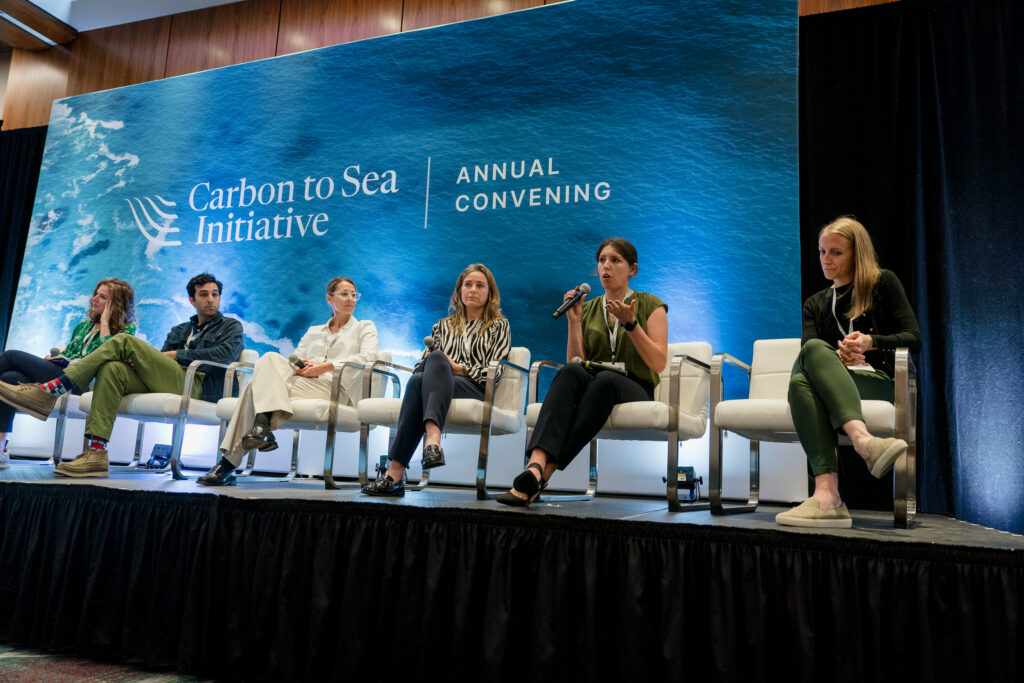
Day one kicked off with a flurry of rapid-fire presentations, unveiling emerging hypotheses and key discoveries from ongoing research. These presentations set the stage for a day of deep dives into the science and technology behind OAE. The second session shifted focus to the real-world application of OAE through field research. Practitioners shared their experiences navigating the challenges and triumphs of conducting trials around the world, from trial design optimization to community engagement strategies. In the afternoon, we heard about the technology readiness levels (TRL) of several OAE pathways, and how we can help OAE climb the TRL ladder. That discussion was facilitated by Carbon to Sea’s Board Chair, Mike Schroepfer.
Day two of the convening delved into the role of government and policy in driving OAE innovation. Senior U.S. government leaders from key agencies and bodies working on ocean-climate solutions, including the White House’s Fast Track Action Committee on Marine CDR, NOAA, the EPA, and the Department of Energy provided updates on marine carbon dioxide removal priorities, regulatory frameworks, and initiatives supporting research and development in the field. We then learned about the complex interplay between policy, regulation, and community engagement in OAE decision-making. Global case studies and panel discussions explored strategies for effectively engaging with decision-makers, building community-level collaborations, and navigating regulatory challenges.
Finally, the conference concluded with another deep dive, this time into the operationalization of measurement, reporting, and verification (MRV) for OAE. Speakers talked about how they’re grappling with establishing robust MRV frameworks, emphasizing the need for technological innovation and infrastructure development.
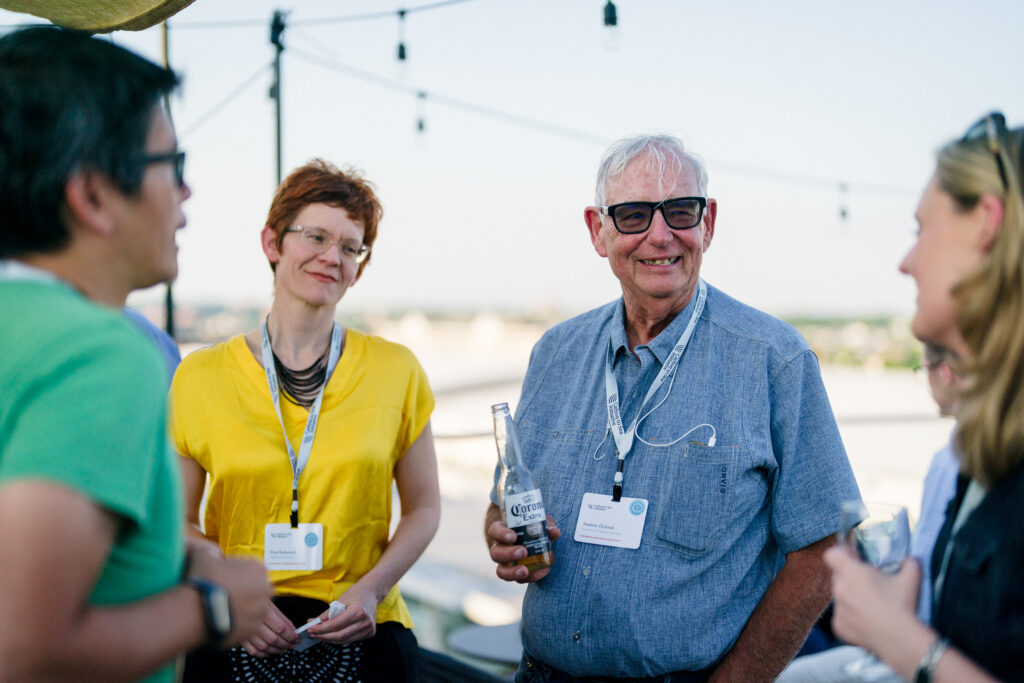
We covered a lot in just two days! We’d like to thank everyone who took the time to join us in Washington D.C. and share their expertise, particularly those folks who traveled from as far as Australia and Germany. We’re also grateful for our generous funders and partners for making this convening possible. Events like this propel OAE forward – and we would not have been able to do it without their continued support. As we reflect on the momentum we’ve built in the past few days, we are optimistic about sustaining the collaboration that’s essential to building a rigorous sector that can meaningfully contribute to the fight against climate change.
